The green revolution in the UK has stepped up a gear as we approach COP26, and the UK aims to demonstrate a globally leading role in carbon reduction. Policies and plans have been outlined to ensure that environmental sustainability and proactive emission reduction feature as core principles as we rebuild the economy post-Covid.
In order to realise the benefits of these policies, such as better air quality, healthier lives, thriving industries, boosted employment and diversified skillsets, a clear set of measurable overarching goals is needed so that efforts across multiple sectors can be aligned. This also enables businesses and individuals to become accountable and responsible for meeting such targets.
The Government’s recent public commitment to reduce the UK’s carbon emissions by 68% by 2030 based on 1990 levels highlights a substantial objective, with an accompanying Ten Point Plan for a Green Industrial Revolution aiming to improve skills, training, access to finance and innovation in Britain.
Batteries are the critical technology
Within the 10 Point Plan, approximately 30% of the objectives revolve around transport, and specifically delivering zero emission vehicles across land, sea and air. All of these technologies – whether plug-in hybrids, electric vehicles or fuel cells, rely on batteries for their operation. The decarbonisation of personal transport by moving to Electric Vehicles (EVs) will be a major contributor to delivering on this challenge. The current generation of EV technology performs well in passenger cars but the cost associated with buying an EV, the range between recharges, and the availability of charging infrastructure are regularly cited as the barriers to widespread adoption. The cost of the battery can be half the cost of the entire vehicle and is the biggest factor in this. To reduce costs and alleviate range concerns, two things must happen – significant investment in fast charging infrastructure, meaning that battery sizes (and costs) can be reduced, and sustained investment in R&D into the technology of batteries and their manufacturing processes to make them cheaper and more sustainable.
The next big thing is small
The banning of sales for petrol, diesel and hybrid vehicles from 2035 gives a clear deadline for electrification – for passenger cars at least. However, further improvements will come from changes in the way we travel.
Mass transit like buses, trams and trains, especially when electrified, can be much more environmentally and economically efficient when compared to the private ownership of cars. These have, however, fallen out of favour during the Coronavirus pandemic and it remains to be seen whether the consequent shift in travel behaviours will persist beyond that. An alternative solution for the 80% of UK journeys that are less than 10 miles is micro-mobility, which can reduce emissions, congestion and parking, as well as being significantly cheaper to own and run than a car.
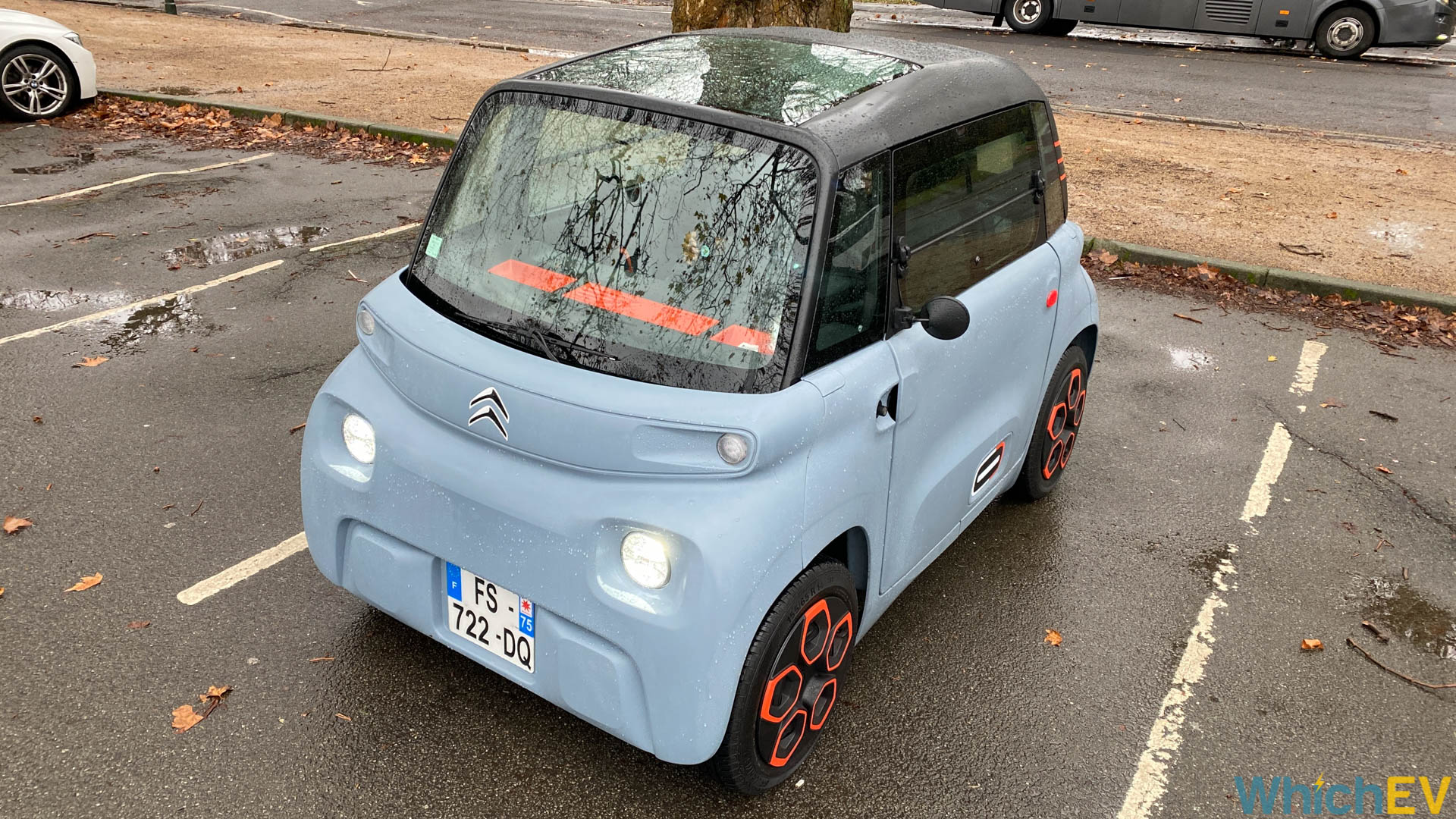
Micro-mobility is the use of smaller, lighter and more efficient vehicles to achieve short journeys. Typical vehicles, technically referred to as “L-Category”, include bicycles, e-bikes, scooters, motorcycles and small four-wheel vehicles (like the Renault Twizy or Citroen Ami).
Some of these vehicle categories continue to suffer with poor regulation and poor infrastructure provision in the UK, but this is beginning to be addressed, with commitment to better provision of “cycle” lanes, and the legal use of electric scooters being successfully trialled in cities like Birmingham. If the UK were to take braver and better informed steps with regulations in this area, such vehicles have the potential to reduce travel time, costs and energy consumption, as well as being useful tools to alleviate pollution, congestion and parking problems.
Successful mass adoption will require careful policy and infrastructure provision that delivers safety, as well as taking into account societal behaviours. This means separating vulnerable road users from fast, heavy traffic, and recognising the need for safe and secure parking, storage and charging of vehicles. With any new technology such as this, it is too easy to make flawed assumptions about how individuals will adopt and use them, so significant research, based on large-scale real-world trials is still required to understand public attitudes and behaviours.
Powering the future
To provide the utility that consumers require of electrified vehicles, we must also invest in the infrastructure that will generate and distribute the power required for charging. In particular, we need reliable, plentiful, accessible and predictable availability of fast charging around trunk roads, and we need forward investment in electricity distribution networks in both urban and rural locations across the country. Without these, EVs will simply not be viable for consumers, and we will fail to achieve our targets for transport decarbonisation. Home charging is not required for all when fast charging stations are available at local amenities like supermarkets.
Solutions like flexible timing of charging and vehicle-to-grid energy transfer have the ability to alleviate some of the pressure placed on energy networks by using the vehicle battery to balance supply and demand on the electricity grid at both a national and local level. This will help support increasing supplies of intermittent renewable energy (such as wind power) to our grid and reduce electricity costs for consumers and industry.
Closing the circle
To ensure that the products we produce today are truly sustainable for a zero carbon future, the technologies of recycling and re-use for EV component parts are also essential. Whilst these are required primarily to minimise environmental impact throughout the lifespan of an EV, these are also industrial opportunities for the UK – to provide low cost energy storage for homes, industry and the grid, and ultimately to secure future material supply chains without the need for additional mining.
The good news is that the vision is deliverable. To do so however cannot be left to market forces alone. Clear, consistent, well-researched and long-term regulation will be critical, as will sustained support for research, development and industrialisation. With these in place, the UK can become a global leader in transport decarbonisation.

Professor David Greenwood – CEO, WMG High Value Manufacturing Catapult, University of Warwick

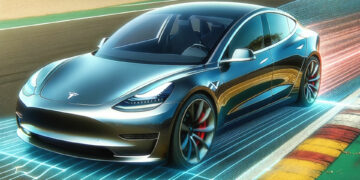



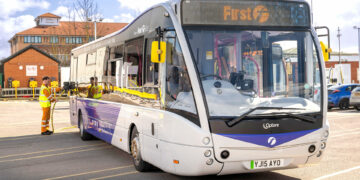


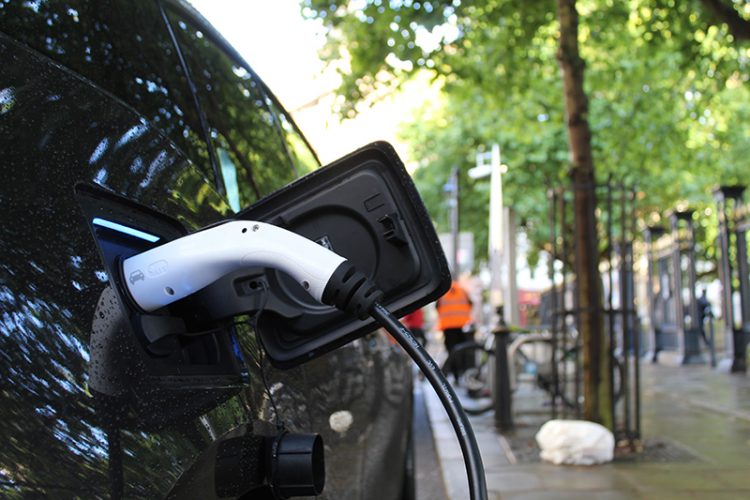










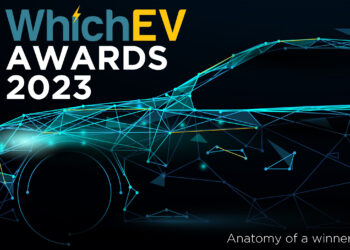
Discussion about this post